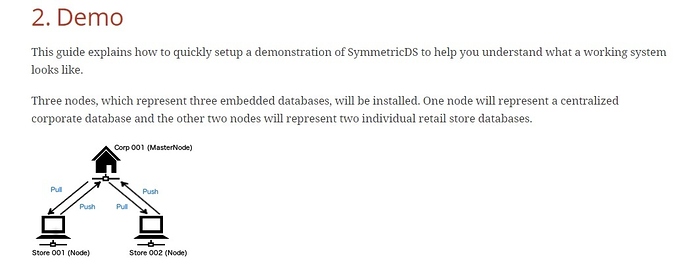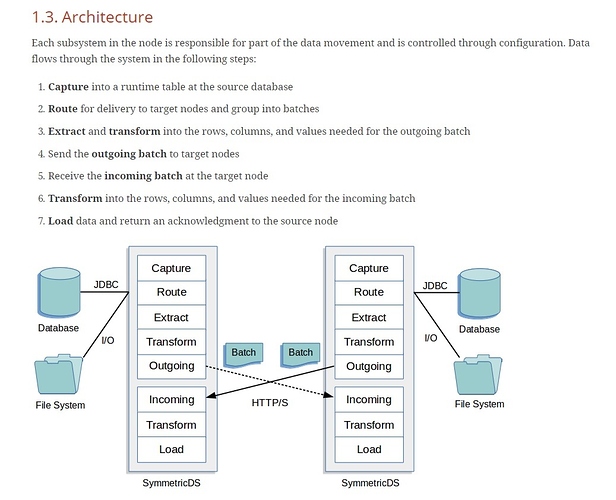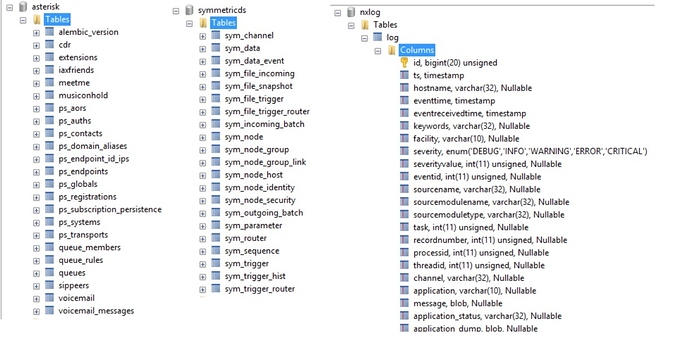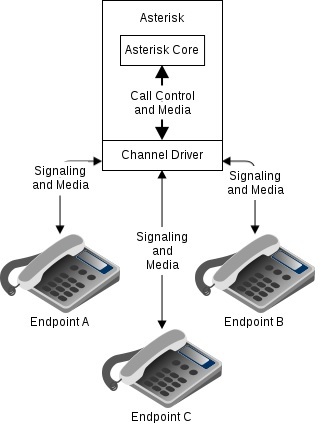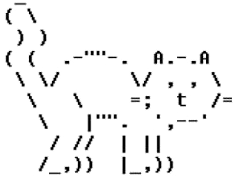Hoi Weerman,
Uitsluitend onder Windows:
Windows - Intellectual Property
Intellectual property (IP) is a strategic asset that provides significant value to Microsoft and its customers and partners
Collega van mij wil een ppc voor zijn vrouw kopen. Hij gaat toch voor Windows, want Apple vindt hij te duur en Linux ziet er (volgens hem) nog niet zo gebruikersvriendelijk uit als Windows.
Toen Windows 8 uitkwam zonder startknop had ik mijn twijfels of Windows nog wel iets zou worden.
Nu met Windows 10 werkt het wel redelijk goed bij mij. Microsoft zet nu ook in dat je opensource met hun Visual Studio Community versie mag compileren.
Om te voorkomen dat Windows straks 500 euro per licentie of 30 euro (‘Vendor lock in’) per maand kan vragen, denk ik aan om mijn toekomstig doelplatform (open source) Clang C/CPP compiler te gaan gebruiken met (open source) QT als GUI. Ik denk dat ik mijn gesprokkelde code wel met Clang zou kunnen gaan kunnen compileren (op Windows, Linux (open source), Apple en Android(open source)).
Geeft toegang tot:
Various networks and supported services
Using a proprietary protocol:
Facebook Yahoo AIM-(AOL Instant Messenger) Gadu-Gadu MSN Skype Twitter WhatsApp
Ik denk aan nieuw concept. Naast ‘Open source’ en ‘Open data’ heb je ook ‘Open Channels’,
In mijn definitie is een “Open Channel” als zowel de source code voor de cliënt als de server aanwezig/beschikbaar is.
Een ‘half Open Channel” is als de cliënt of (vaak) de server kant geen source code publiekelijk voorhanden is. N.B. WhatsApp alternatief “Telegram” heeft wel op open source clients, echter de server kant is proprietary source code. Ik weet niet of je met Russische serverkant wil gaan werken.
Je ziet ook wel dat ze connection naar de dll of exe van het orgineel programma (bijvoorbeeld WhatsApp) gaan programmeren. Ben niet zo’n voorstander om executable van externe applicatie te gaan draaien omdat er bewust backdoors in geprogrammeerd kunnen zitten. Liefst open channel of een half open channel door reverse enginering of brower emulatie.
Ik zie ook dat je bij Bunq aangemoedigd wordt om de Bunq-API te gaan gebruiken
Ja, “je” en “jij”:
Intellectueel eigendom - Met betrekking tot intellectueel eigendom houden we het graag simpel: alles dat jij maakt of hebt gemaakt is van jou en alles dat wij maken of hebben gemaakt is van ons. Wat van jou is, blijft van jou en wat van ons is, blijft van ons.
Lijkt mij handig om eerst te kijken wat Bunq heeft. Ik kan natuurlijk ook aan ING/Particulier vragen of zij ook koppeling hebben. N.B. “bottom line” Je kan altijd met (gepatchte) Chrome browser naar de bank sites toe om om je bankrekingsgegevens te sprokkelen.
Ik ben begonnen om Asterisk (server voip telefooncentrale) om te zetten naar Visual Studio (windows) omgeving. Ik zie dat Asterisk Channels erg uitgebreid heeft uitgewerkt. In Symmetric-DS komt Channels ook voor, dus lijkt mij goed zet om beiden te gaan integreren. In Asterisk zet je telefoonboekje met public keys bij de adressen in het telefoonboekje.
Om data te sychroniseren gaat Symmetric-DS de channels van Asterisk van ‘the end nodes’ gebruiken en haalt dus de public key waarmee je wilt communiceren uit de Asterisk omgeving. Maar je zou het ook kunnen zien dat Symmectric-ds een applicatie op het “Asterisk platform” gaat worden.
Hierbij de MySQL tabellen. Ik heb Symmetric-DS SQLite tabellen naar MySQL omgezet:
Wat ik wel apart vind is dat Nxlog 262883 source regels heeft en dat ik zelf nog (Mysql) database/velden bij elkaar heb moeten ‘sprokkelen’. Omdat ik de ProcessHacker2 code ook onder zelfde source stack heb kan ik ook de logging aanvulling met resoure gebruik. Mogelijk wel handig om geheugen gebruik of CPU-gebruik ook bij aanmaken van (Applicatieve) logrecord er bij toe te voegen.
De bedoeling van Nxlog is om in configuratie file aan te geven welke modulen (dll’s) hij moet laden om het systeem te gaan monitoren. Ik wil daar van af, want alle code heb ik al in source stack zitten, dus ik moet module laden gaan bypass-en.
De hartelijke groet Jan Marco
![]()




